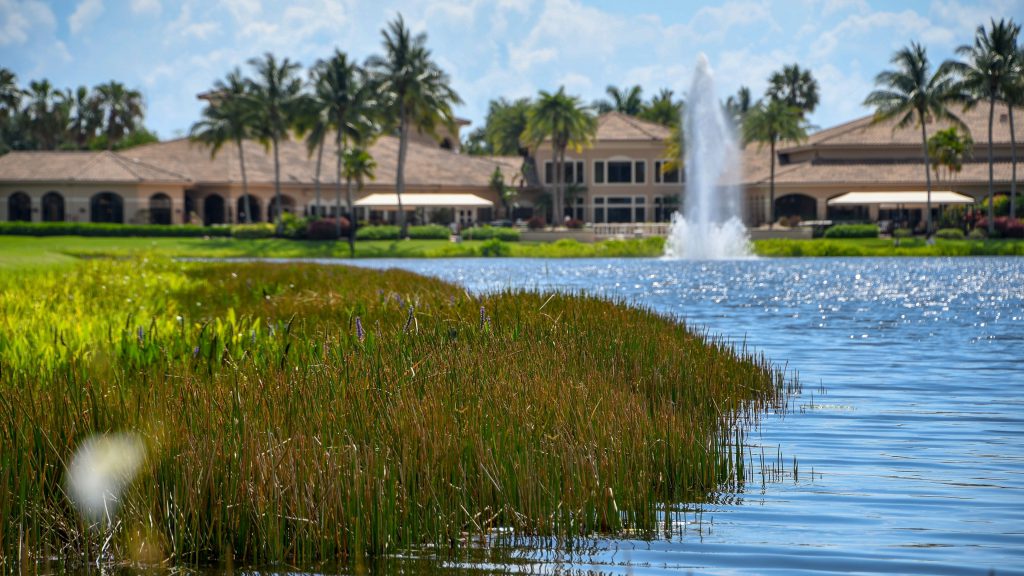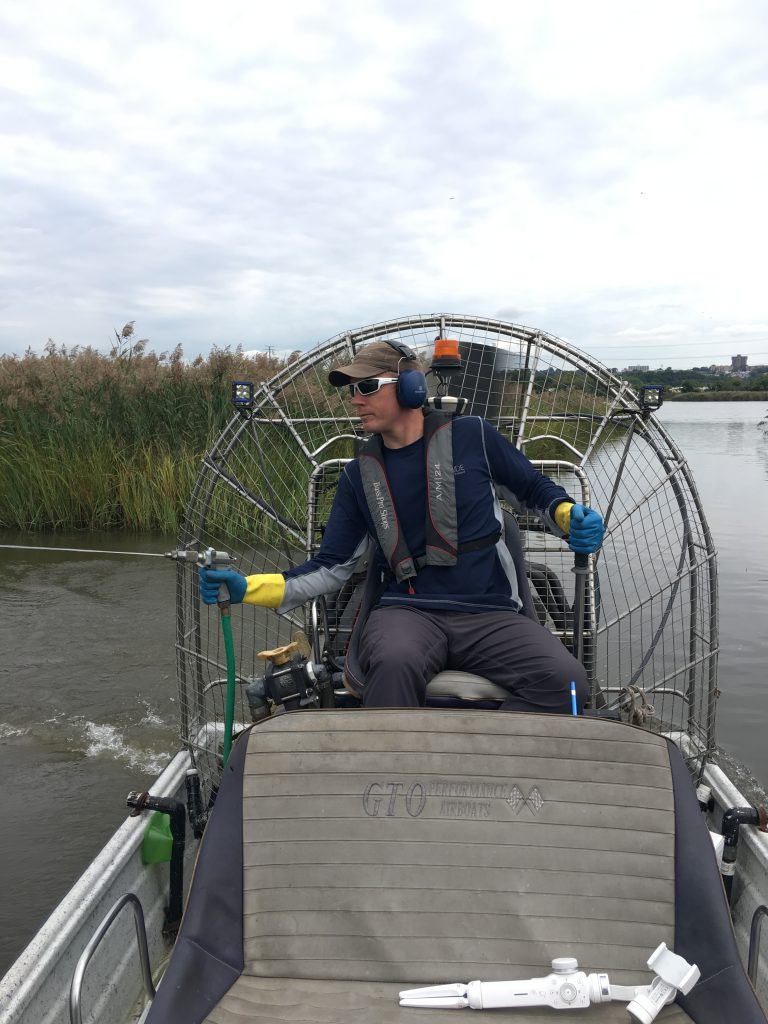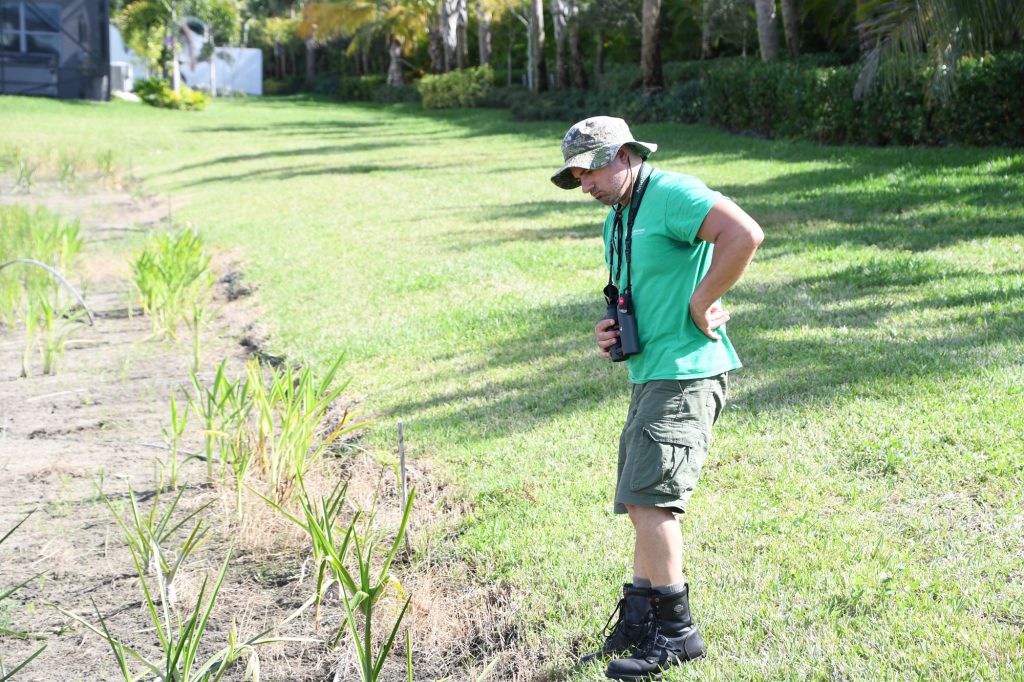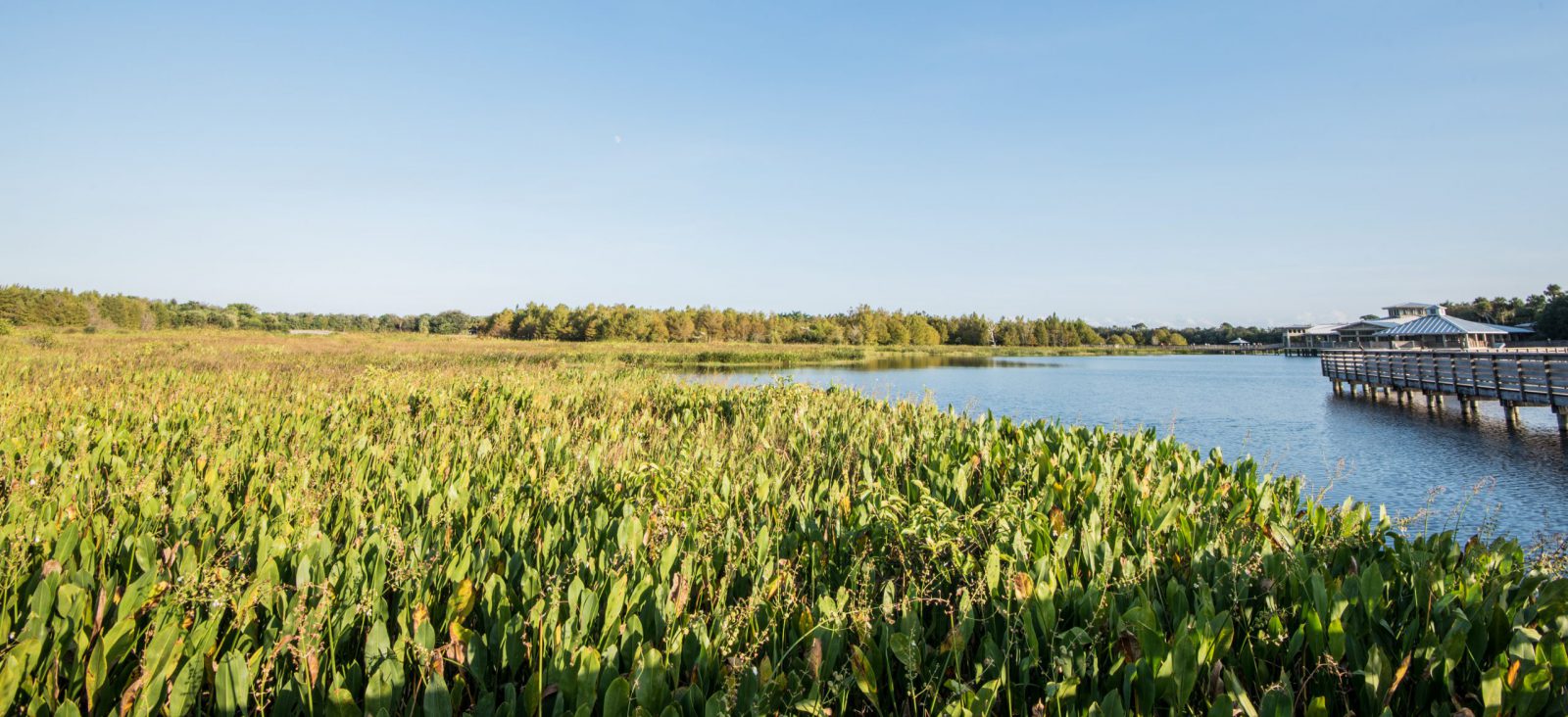
How Can We Conserve Wetlands in Florida?
Wetlands play an extremely important role in the ecosystem, particularly in Florida. In addition to their cultural relevance, they are a central feature that is home to thousands of incredible species. Preserving them is not only beneficial to the natural ecosystem, it benefits our communities in many ways.
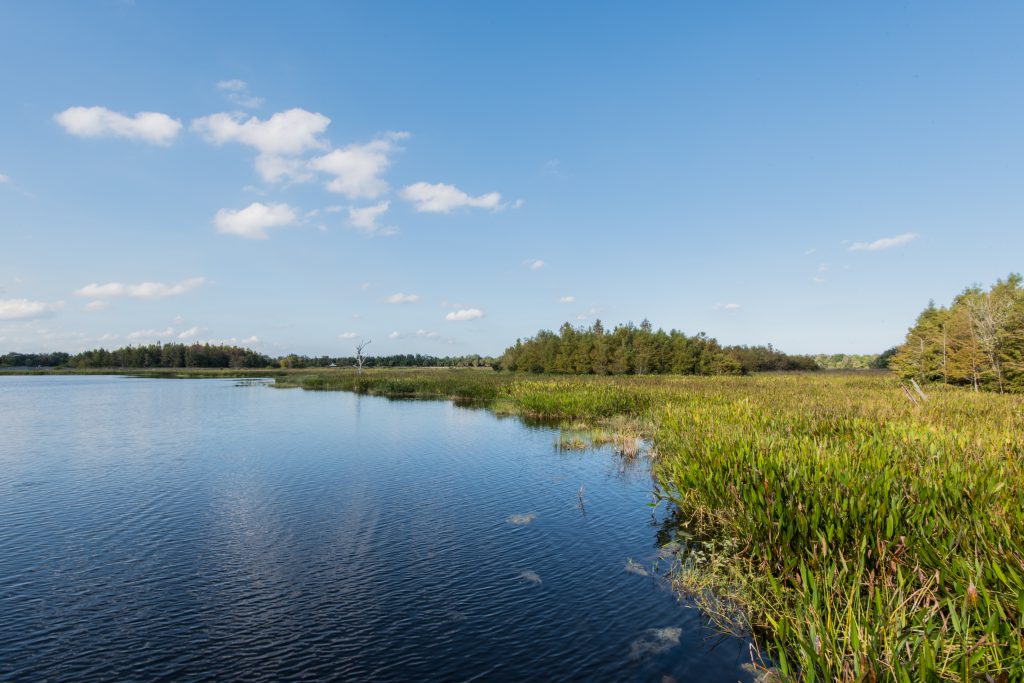
Simply put, wetlands are lands that transition between terrestrial and aquatic environments. More specifically, wetlands contain soils that are inundated long enough to support the growth and reproduction of diverse vegetation.
The plants that grow in wetlands have adapted in a way that lets them survive in the hydric or wet soils. Swamps, marshes, bayheads, bogs, cypress domes and strands, sloughs, wet prairies, riverine swamps, mangrove swamps, and other similar areas meet the criteria of wetlands.
There are wetlands on every continent. Although the Everglades are the most well-known wetlands in Florida, there are many other wetland areas throughout the state. A healthy wetland supports a wide range of wildlife such as birds, amphibians, crustaceans, fish, and reptiles.
What Problems Do Wetlands Face?
The aquatic freshwater and marine life of Florida depend on wetlands for feeding grounds and nurseries for their young. In addition, wetlands also offer outstanding recreational opportunities for fishing, boating, bird watching, and photography – to name just a few. Unfortunately, wetlands face many threats:
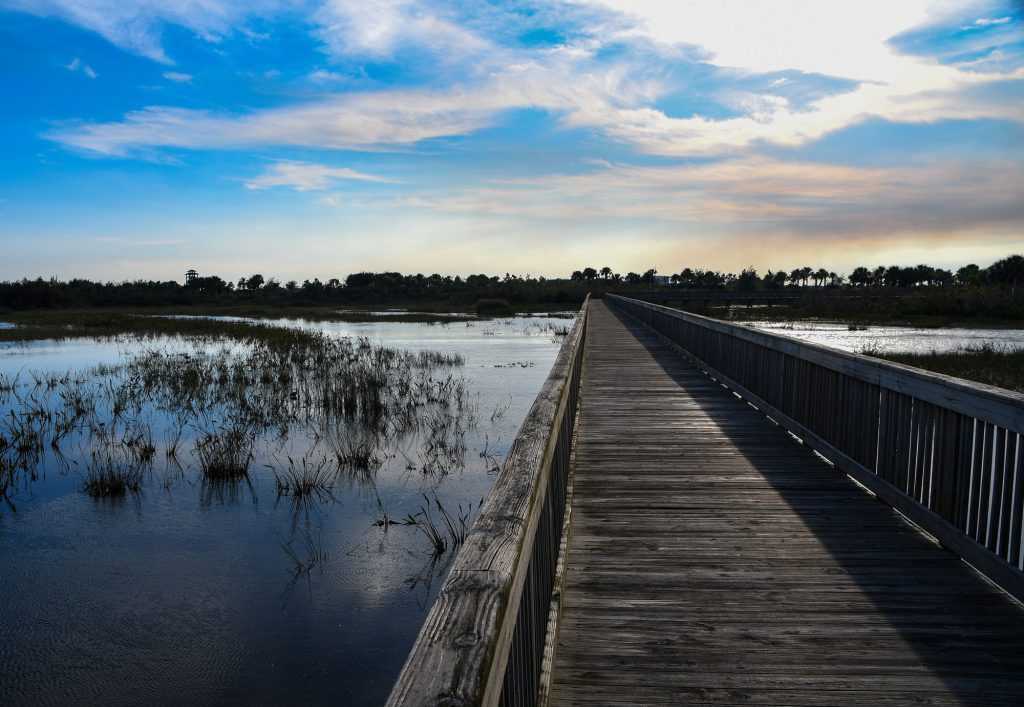
Human Use
Wetlands originally covered approximately 60% of the state’s land, but over time, wetlands have been reduced by urban development to less than half of that amount. Human activities are arguably the greatest threat to wetlands due to the draining of these lands for agriculture or development. Historically, wetlands were considered wastelands and were drained and cleared of vegetation without a second thought to make way for homes, roads, and shopping centers.
Loss of wetlands habitat not only affects animals and plants, but it also diminishes the water supply for the human population, since wetlands hold, filter, and slowly release immense amounts of rainwater into the aquifers that serve as central and south Florida’s only source of freshwater.
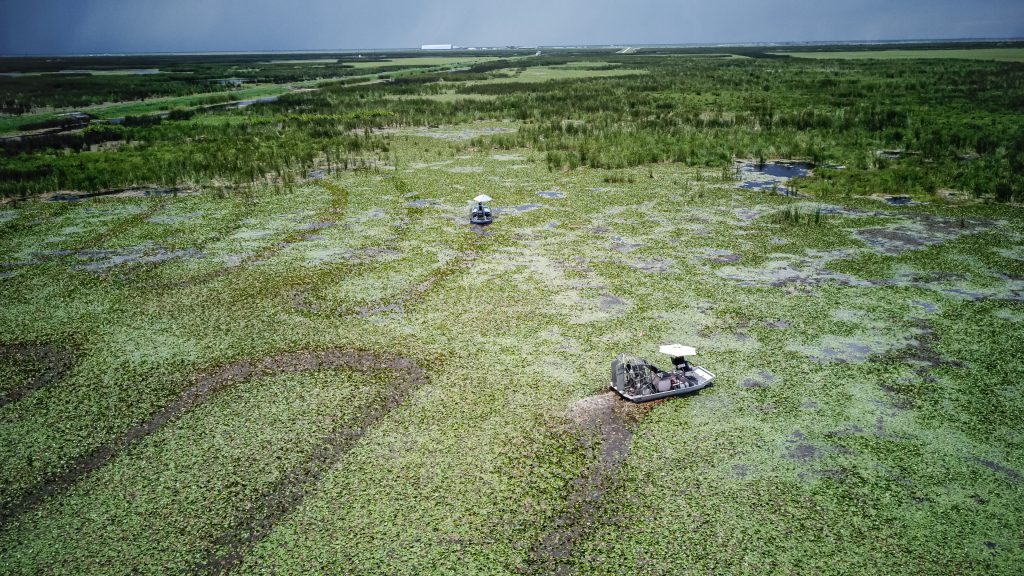
Invasive Species
Like all ecosystems, the survival of the plants and animal species that live in wetlands depend on a delicately balanced environment. When non-native species are brought in, either on purpose or accidentally, it can unbalance the existing system. Invasive species compete with native species for limited resources. When native species start to die off as a result of competition with an invasive species, the food chain of the ecosystem is disrupted.
For example, some wetlands are being overrun by water hyacinth. This plant is held in check in its native environment, but in North American habitats, it spreads at an alarming rate. Similarly, Burmese pythons were brought into the country as pets and released into local wetlands where they grow too big to be sufficiently supported by their environment. These large snakes thrive in wetlands like the Everglades and threaten the survival of endangered species.
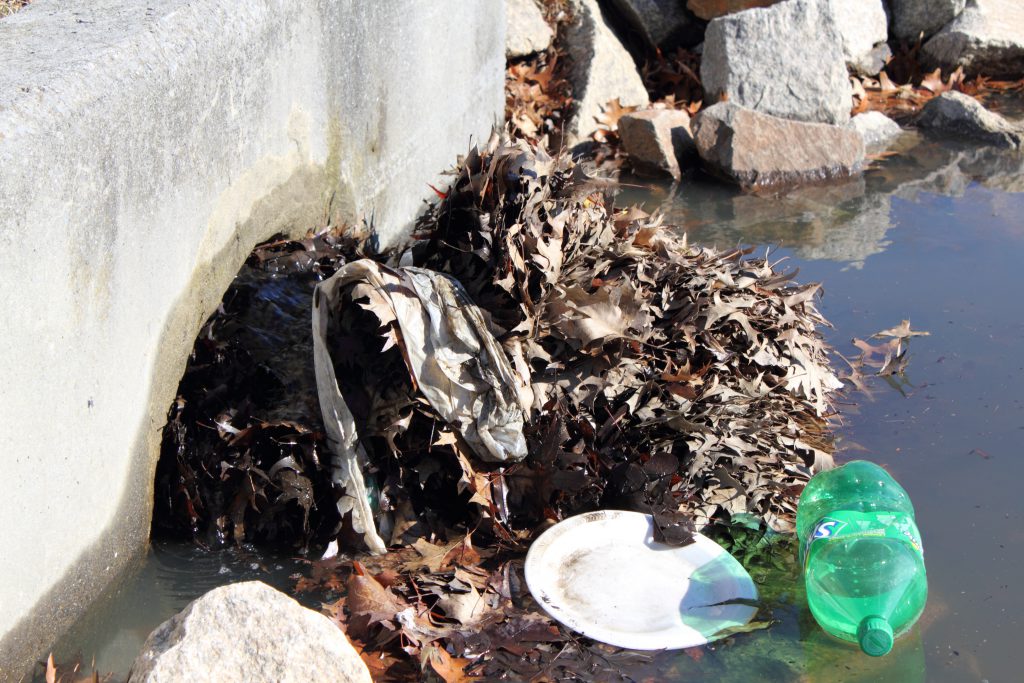
Pollution
Wetlands work as natural water filtration units. Polluted water washes into the wetlands and is purified as it flows through and out of the wetlands. The pollutants either settle to the bottom of the wetlands or are used by the plants growing in these habitats. But if the concentration of pollutants reaches and then crosses the saturation level, and toxic contaminants continue entering the wetlands, the plants and animals struggle to survive.
In addition, wetlands are often used as dumping grounds for industrial and household waste and sewage. High pollution rates in wetlands kill off fish, wildlife, and plants, destroying the habitat.
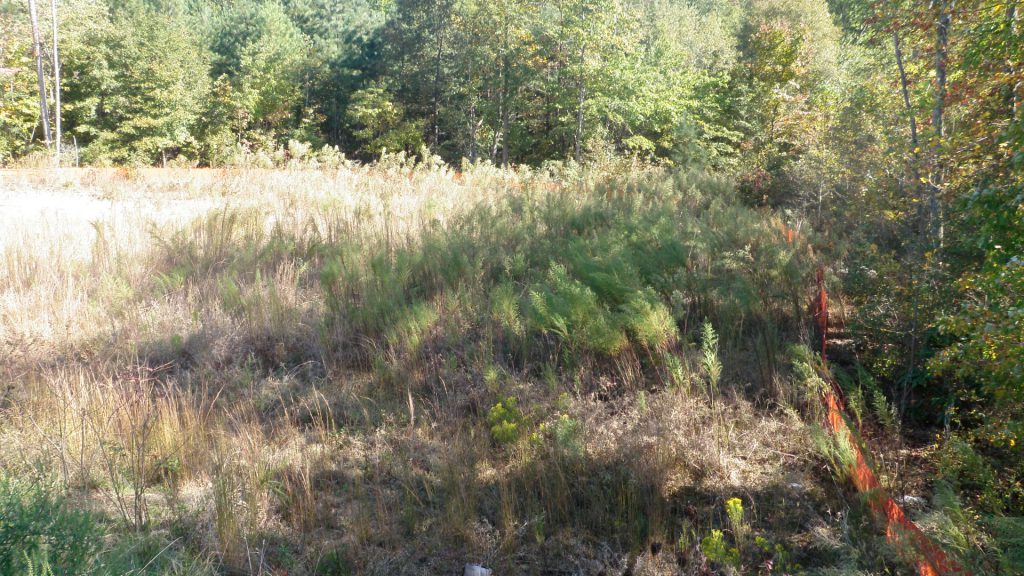
Climate Change
Like other ecosystems and habitats, wetlands are also affected by alterations to the environment caused by climate change. Sea-level rise caused by warming temperature is submerging or drowning wetlands, while extreme weather such as drought is drying them out. Higher water levels and lower water levels are caused by the various effects of climate change.
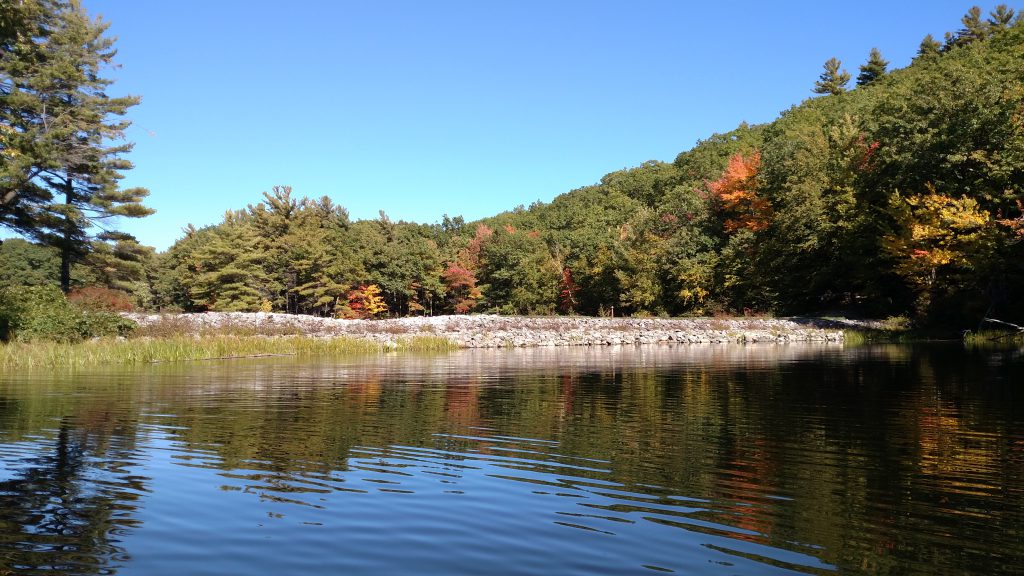
Dams
The construction of dams that alter the natural flow of a river also has a huge impact on the environment where it is built. Altering the flow of a river disturbs the ecosystems that depend on that river. Wetlands like swamps or marshes suffer from a higher or lower flow of water when a dam is built. Dams can permanently damage wetland ecosystems.
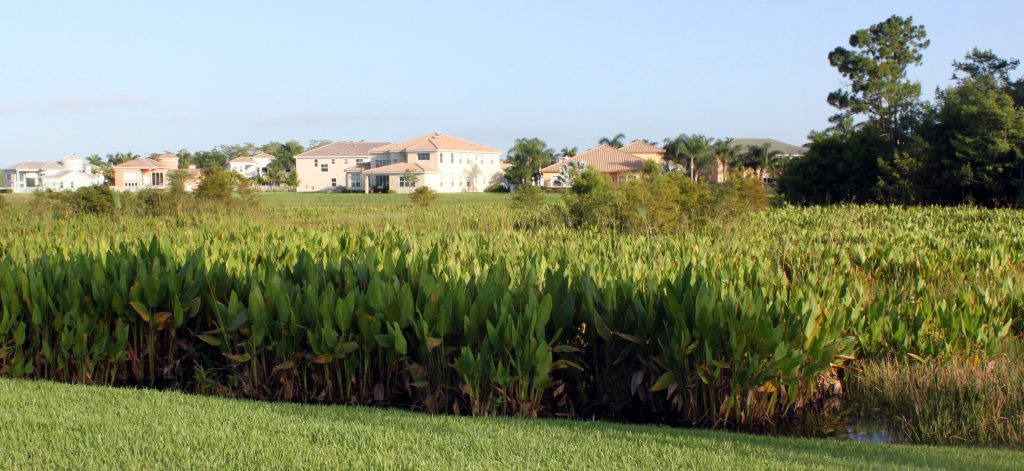
Why We Need to Conserve Wetlands
Wetlands are productive ecosystems that provide environmental benefits to the areas that surround them. Waterfowl and migratory birds, and other wildlife make wetlands their home. As important as that is, these dynamic natural systems provide services such as removing harmful chemicals and excess nutrients from storm runoff, recharging aquifers used for drinking water and irrigation, and protecting communities from coastal storm surges and flooding.
Coastal wetlands and estuaries support diverse habitats that provide shelter and food for recreational and commercial fisheries, which in turn contribute to local economies. People are often drawn to wetlands for outdoor recreation and wellness. Outdoor recreation is important for the health of the population as well as the economy.
Best Way to Conserve Wetlands
These important functions make wetlands a vital part of our environment. Maintaining and improving the health of wetlands support plants, animals, and people. Here are five ways to help conserve Florida’s wetlands:
1. Create Native Plant Buffers
Improve the health of wetlands by planting buffer strips of native plants near and around water resources. These buffers can help filter out fertilizers and pollutants before they enter the water and cause environmental imbalances. They also help hold soil in place for lasting structure and aesthetic appeal.
2. Eradicate Invasive Species
Non-native plants that quickly become invasive can have devastating consequences on wetlands. They choke out native species and change the function of the wetlands. Likewise, invasive animals compete with native wildlife for food and habitat, creating a negative cycle within the food web. Monitor the area and report the presence of any invasive species immediately.
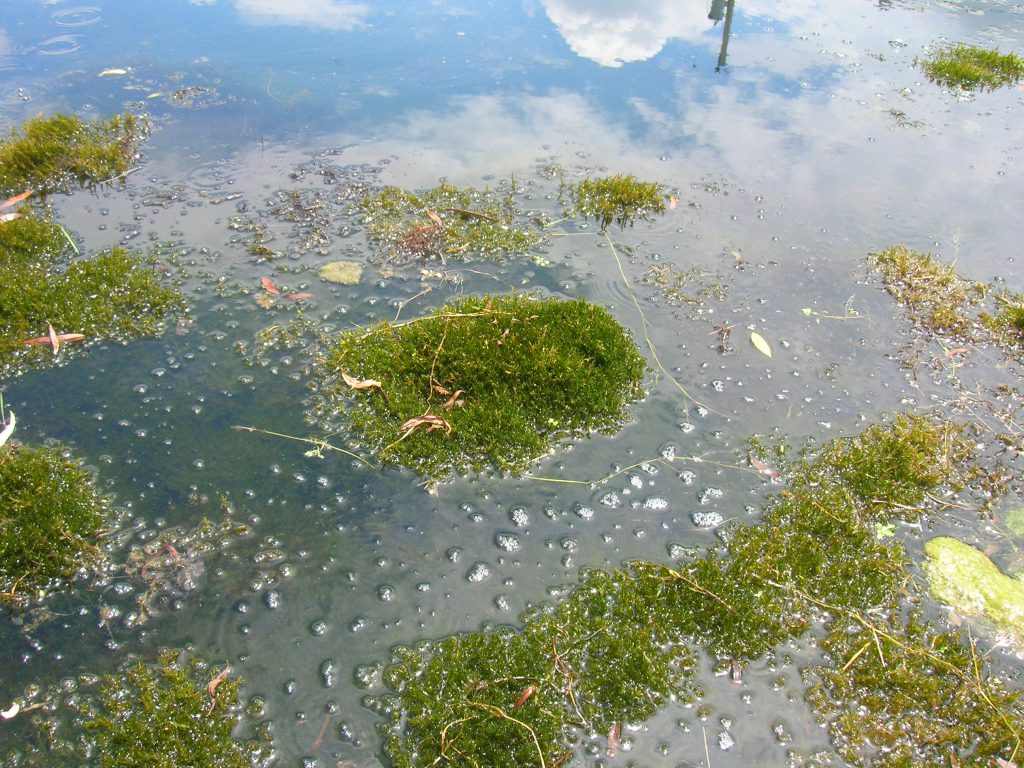
3. Reduce the Use of Pesticides and Fertilizers
Avoid using pesticides and fertilizers for lawn or garden care. These chemicals can harm aquatic species and wildlife by negatively affecting water quality and encouraging invasive plant growth. When absolutely necessary, use organic products in place of chemicals.
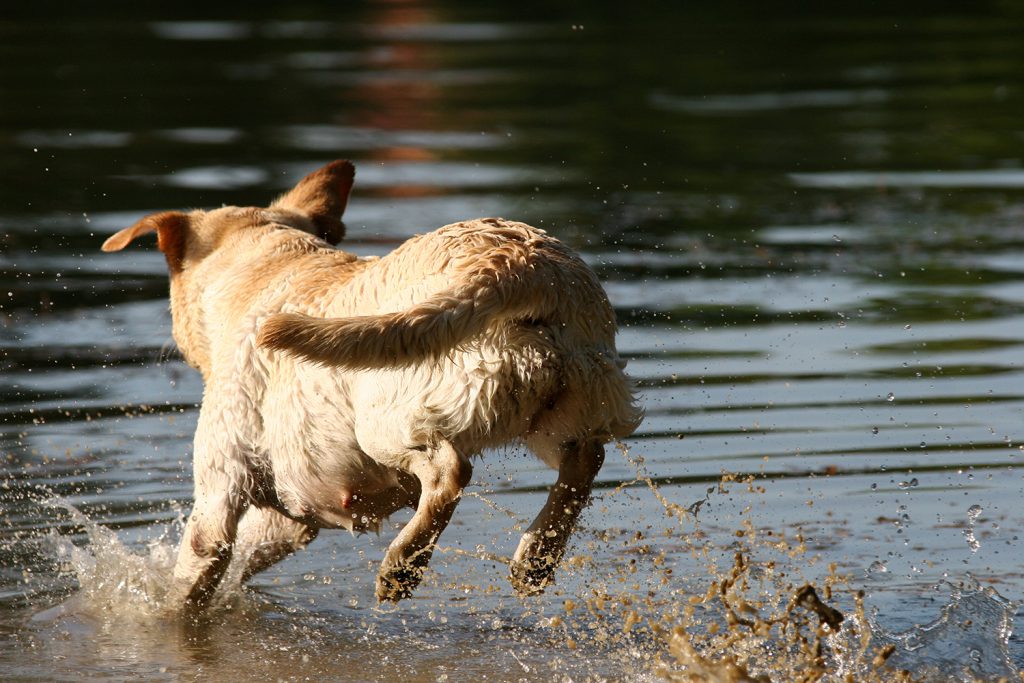
4. Clean Up after Pets
Animal waste can wreak havoc on wetlands and their population. Make sure that pet waste is kept out of wetlands by keeping dogs fenced in or leashed, and keeping your cats inside as much as possible. When walking pets or playing outdoors, always pick up and properly dispose of any waste.
5. Monitor Regularly
Wetlands are amazing ecosystems containing a complex web of plants, animals, fish, and organisms. Change is always occurring, so it’s important to stay informed about the health of the environment. Freshwater management professionals are experienced in monitoring and maintenance solutions aimed at preserving the health and beauty of these habitats. Consider implementing an annual management program to preserve wetlands in your area.
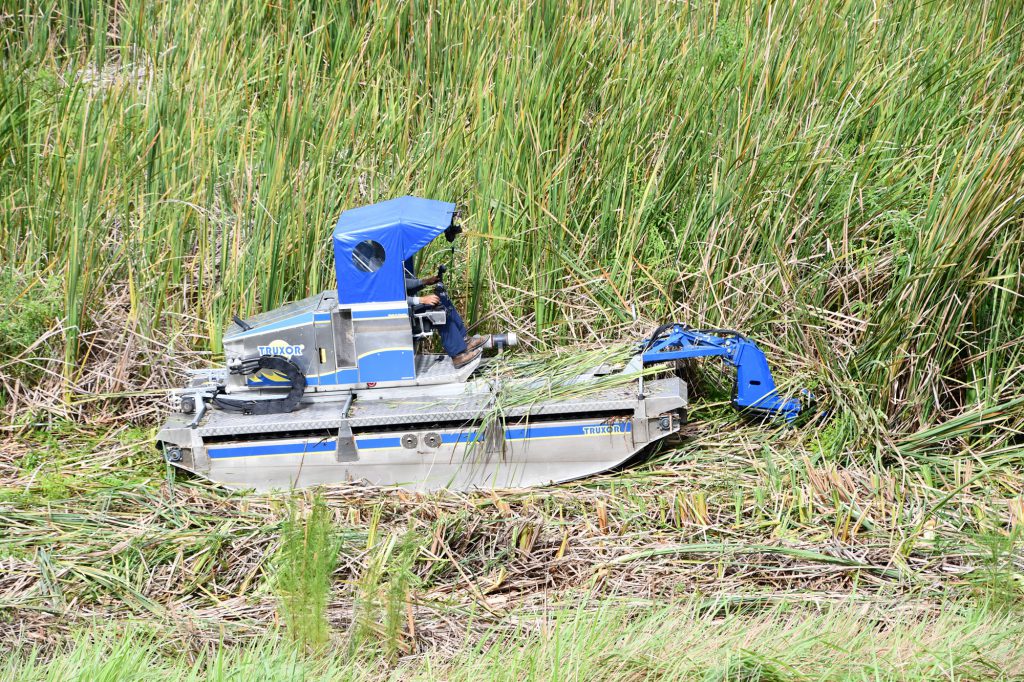
Protecting Florida Wetlands
Florida is known for its magnificent wetlands, but that doesn’t mean they will be around forever. Through urban development, invasive species introduction, pollution, and other factors, humans have expedited the deterioration of wetland areas. We should each play an active role in the protection of these unique aquatic ecosystems so that we can enjoy, admire, and benefit from them for as long as possible.
Who We Are
SOLitude Lake Management is a nationwide environmental firm committed to providing sustainable solutions that improve water quality, enhance beauty and preserve natural resources.
SOLitude’s team of aquatic scientists specializes in the development and execution of customized lake, stormwater pond, wetland and fisheries management programs. Services include water quality testing and restoration, algae and aquatic weed control, installation and maintenance of fountains and aeration systems, shoreline erosion control, muck and sediment removal and invasive species management. SOLitude partners with homeowners associations, golf courses, private landowners, businesses and municipalities. SOLitude Lake Management is part of Rentokil, a leading business services company, operating across the United States, Canada and Puerto Rico.
For more information, visit SOLitude Lake Management at solitudelakemanagement.com, and connect on Facebook, LinkedIn and Twitter.








